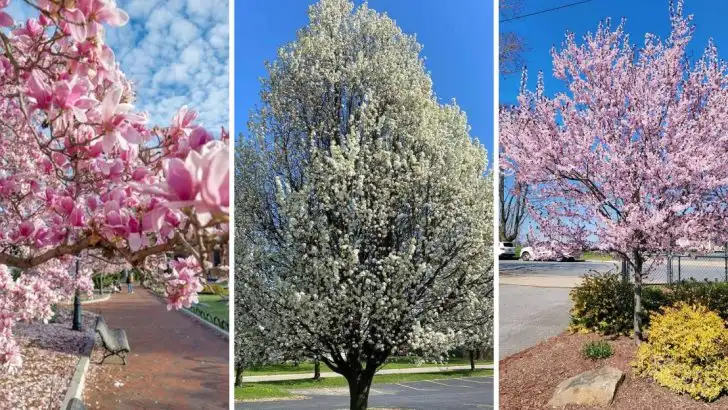Growing fruit trees in colder climates might sound tricky, but it’s more doable than most folks think. Some varieties actually need a good chill to produce their best fruit, and they’ve been quietly thriving in backyard orchards for generations. The key is picking the right ones—trees that know how to handle a frost and still come back swinging when spring rolls around.
If you’ve been holding off on planting because your winters get a little too real, it’s worth taking a second look. Hardy apples, plums, cherries, and even a few surprising choices can handle the cold and still reward you with baskets of fruit when the season turns. Here are 15 fruit trees that don’t just survive the chill—they do great in it.
Apple Tree

Apple trees are quintessential symbols of resilience, standing tall and fruitful against the harshest frosts. With a history dating back to ancient times, these trees have adapted to various climates, making them a favorite among orchardists.
Their ability to withstand cold temperatures allows them to flourish in regions where other fruit trees may falter. The crisp, sweet apples are a delightful reward for enduring winters, offering versatility in uses from fresh eating to baking.
For gardeners, few things compare to the joy of harvesting a bounty of apples after a frigid season, a testament to nature’s tenacity.
Cherry Tree

Cherry trees enchant with their beautiful blossoms and the promise of juicy fruit. Known for their cold hardiness, they can thrive in colder climates, bringing both beauty and bounty to chilly gardens.
These trees can endure harsh winters, and their springtime bloom is a spectacle of color against a stark landscape. The cherries, small yet bursting with flavor, are perfect for having fresh or turning into preserves.
Cultivating cherry trees offers a rewarding experience, blending the joy of stunning spring vistas with the delight of summer fruitfulness.
Plum Tree

Plum trees stand as a testament to nature’s adaptability, thriving even when the temperatures dip. Their blossoms usher in spring, hinting at the delicious fruits to come, which carry a sweet and tangy delight.
Notably, these trees adapt well to cooler climates, making them a staple for many gardeners seeking hardy options. With minimal care, plum trees reward with bountiful harvests, offering fruit that can be enjoyed fresh or used in culinary delights.
Plum trees provide both beauty and sustenance, a combination that appeals to practical and aesthetic gardening joys.
Pear Tree
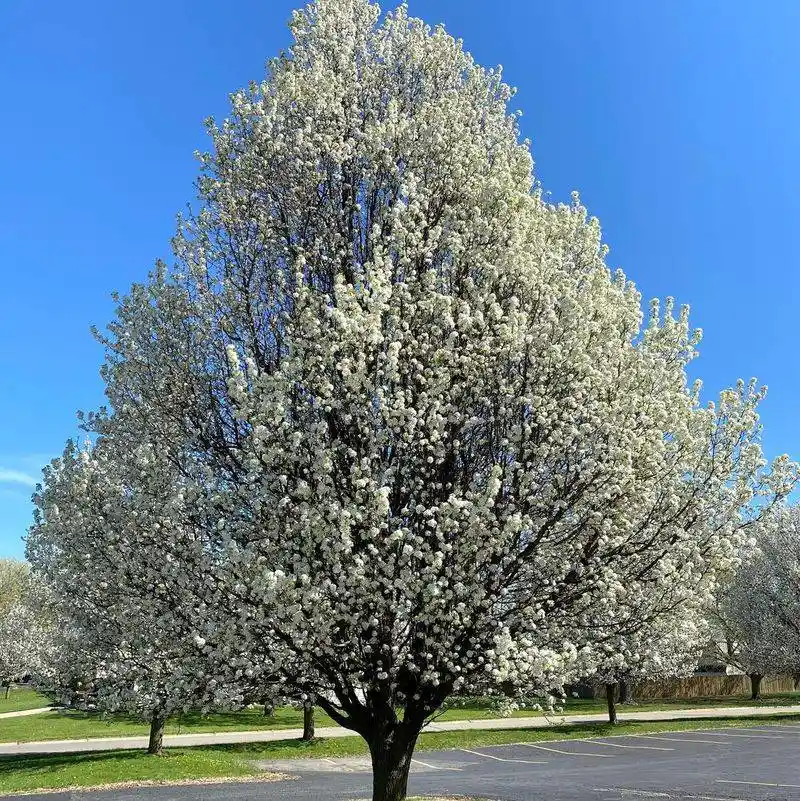
Pear trees have a quiet strength, thriving when others might struggle, making them invaluable in chilly climates. Their blossoms, delicate and white, are harbingers of the sweet, juicy pears that will later adorn the branches.
These trees are particularly well-suited to withstand cold, providing a reliable yield even after harsh winters. The pears, luscious and versatile, are perfect for fresh consumption or culinary use.
Growing pear trees brings the satisfaction of nurturing a plant that rewards with beauty and abundance, even when faced with the chill of winter.
Peach Tree

Peach trees are a delightful surprise, offering luscious fruits even in cooler climates. Their vibrant blossoms herald the coming of spring, contrasting starkly against the remnants of winter.
These trees are known for their resilience, adapting to cold conditions and providing gardeners with juicy, sweet peaches as a reward for their care. With proper pruning and maintenance, peach trees can flourish and produce ample harvests.
They embody the promise of summer warmth in every bite, making them a cherished addition to any cold-climate orchard.
Apricot Tree
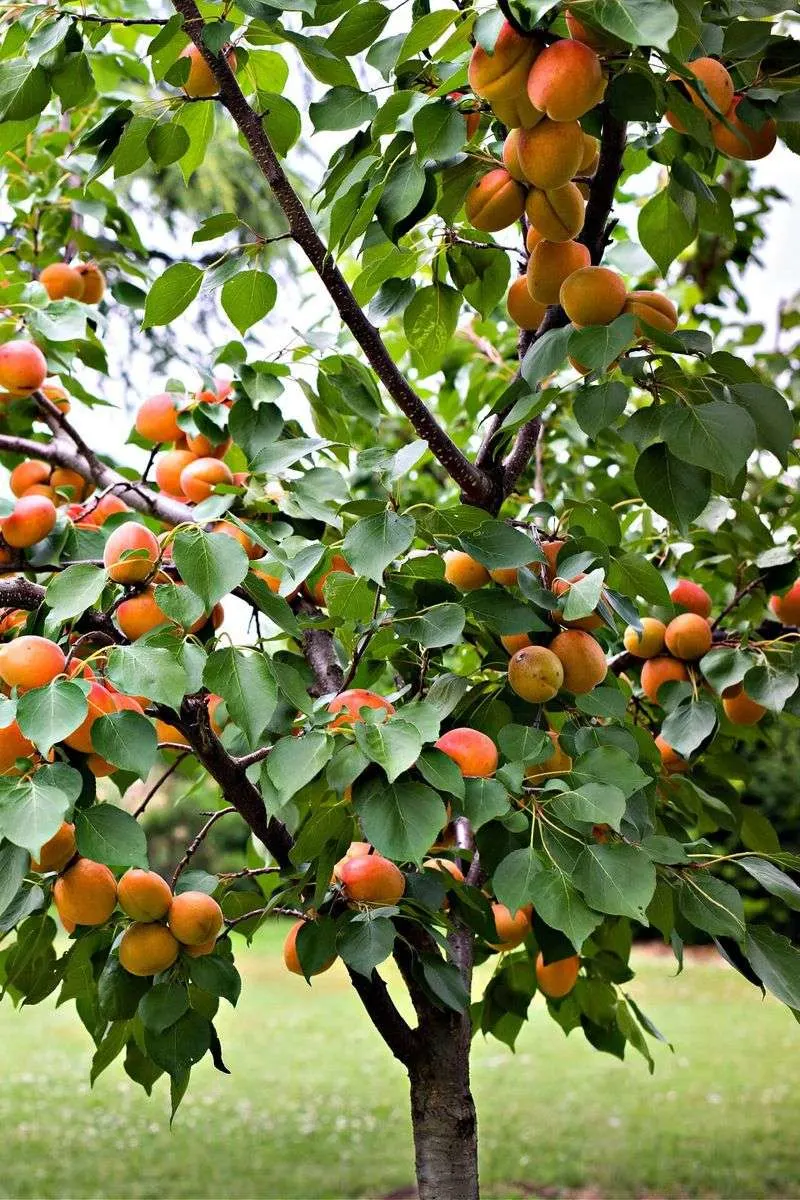
Apricot trees offer a taste of sunshine, even when temperatures drop. Known for their ability to endure colder weather, these trees are a wonderful addition to a northern orchard.
The bright orange apricots are like pockets of sweetness, a stark contrast to the chilly surroundings. As spring approaches, the trees burst into bloom, setting the stage for the coming fruit.
Growing apricot trees is a testament to the gardener’s patience, rewarding them with delicious fruit and stunning springtime displays, making the wait through winter worthwhile.
Fig Tree
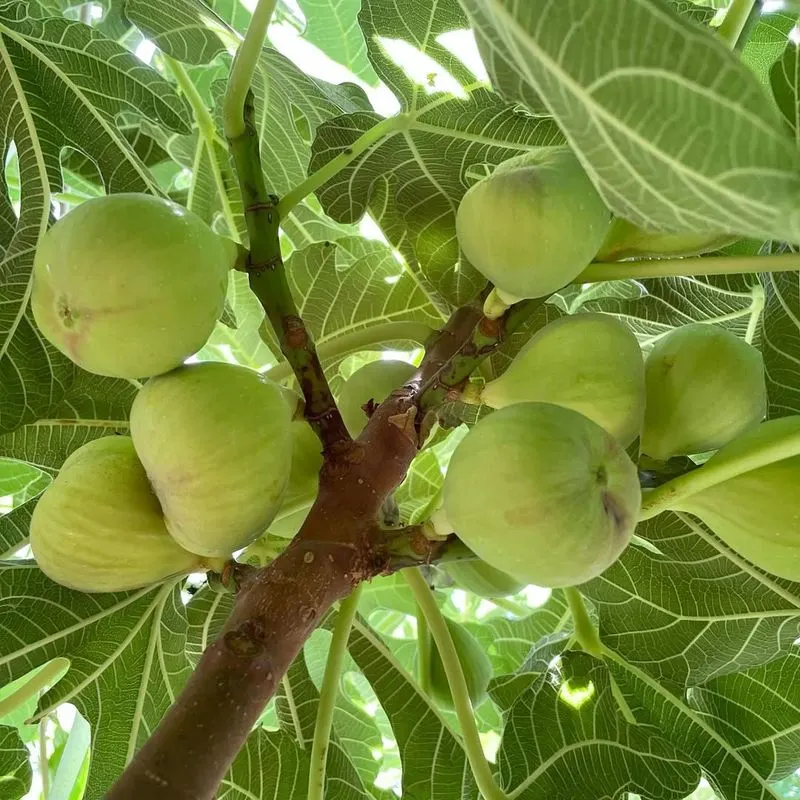
Fig trees might not be the first thought for cold climates, but many varieties defy expectations. Their ability to withstand frost is a boon for gardeners in cooler areas.
These trees produce figs that are both sweet and versatile, offering a unique taste profile that can be enjoyed fresh or dried. With their broad leaves and lush appearance, fig trees add a touch of the exotic to any garden.
For those willing to nurture them through occasional cold snaps, figs promise a bountiful harvest and a slice of Mediterranean warmth.
Quince Tree
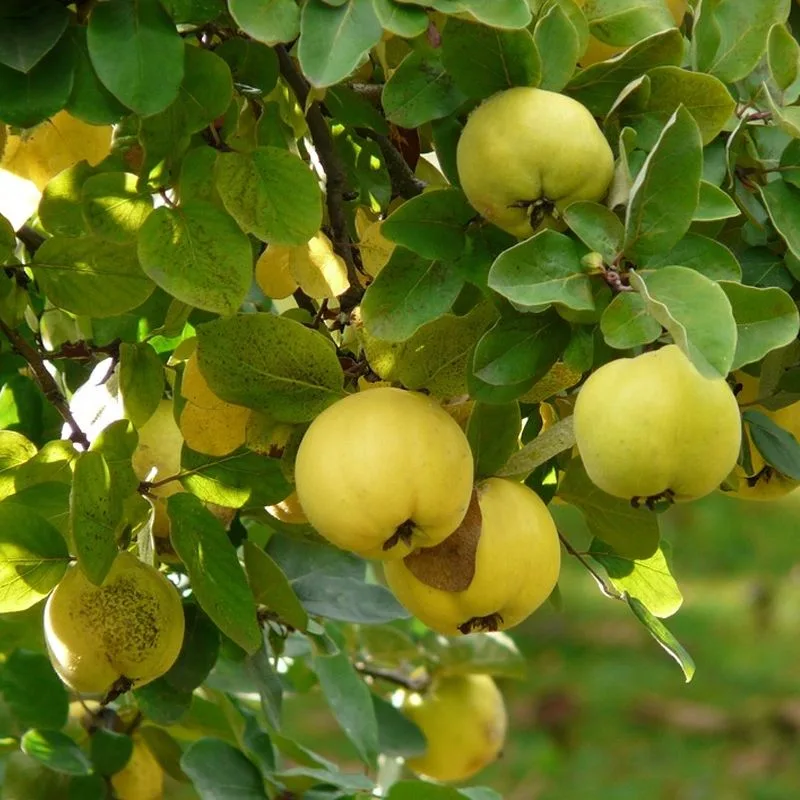
Quince trees are often an overlooked gem, bringing both beauty and practicality to cold gardens. Known for their hardiness, these trees thrive where others might fail.
The golden, aromatic fruits are a reward for enduring the cold, providing a unique flavor perfect for jellies and preserves. As winter fades, quince trees burst into bloom, heralding the arrival of a new growing season.
For gardeners seeking a touch of the extraordinary, quince trees offer both visual appeal and a historical culinary ingredient to explore.
Mulberry Tree
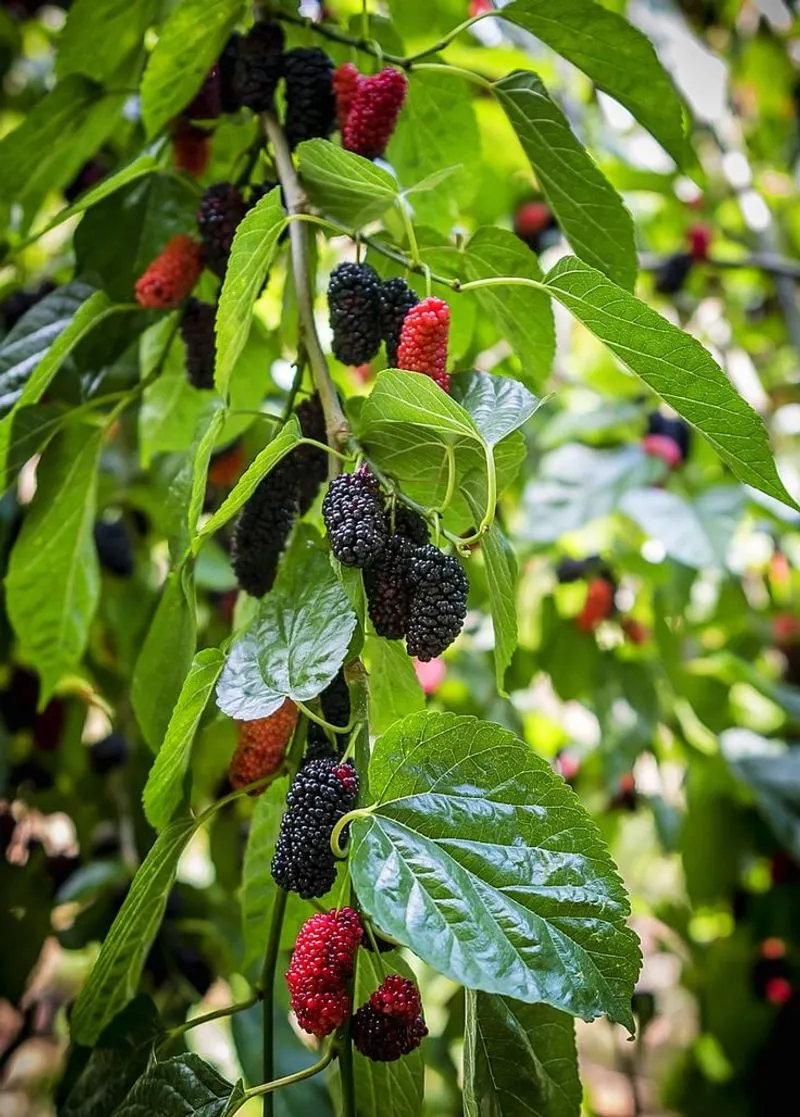
Mulberry trees are the silent hard workers of the fruit tree world, thriving where others might shy away. Known for their robust nature, these trees can handle cooler climates with ease.
The berries they produce are a burst of sweetness, perfect for snacking or making rich, flavorful jams. Their tenacity makes them a favorite for those looking to add diversity to their garden.
Mulberries bring the promise of plentiful harvests and are a reminder of the resilience found in nature, offering gardeners a taste of summer even in chillier regions.
Pomegranate Tree

Pomegranate trees are a bold choice for the intrepid gardener, with fruits that resemble jewels hanging from branches. Some varieties are surprisingly cold-hardy, providing a touch of the exotic even in cooler climates.
The juicy, red seeds packed in each fruit are bursting with flavor, offering a refreshing taste that shines in salads and drinks. Pomegranates symbolize abundance and hope, thriving when given the right conditions.
For those willing to experiment, pomegranate trees offer a rewarding challenge and a feast for the senses, both visually and gastronomically.
Persimmon Tree
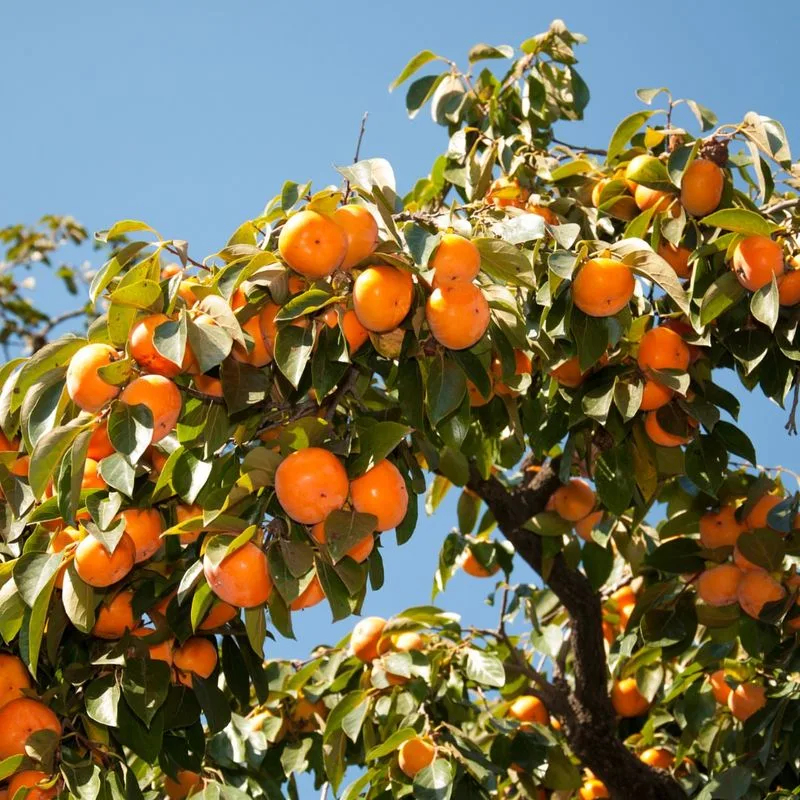
Persimmon trees stand out for their vibrant fruits and their ability to thrive in cold weather. These trees offer a unique flavor that is both sweet and slightly tangy, adding diversity to any garden.
The bright orange persimmons hang like lanterns against the stark winter landscape, providing visual and culinary delight. Even novice gardeners find success with these low-maintenance trees, enjoying their robust harvests.
For those seeking a distinctive fruit tree, persimmons promise both beauty and taste, a combination that brightens even the coldest days.
Hazelnut Tree
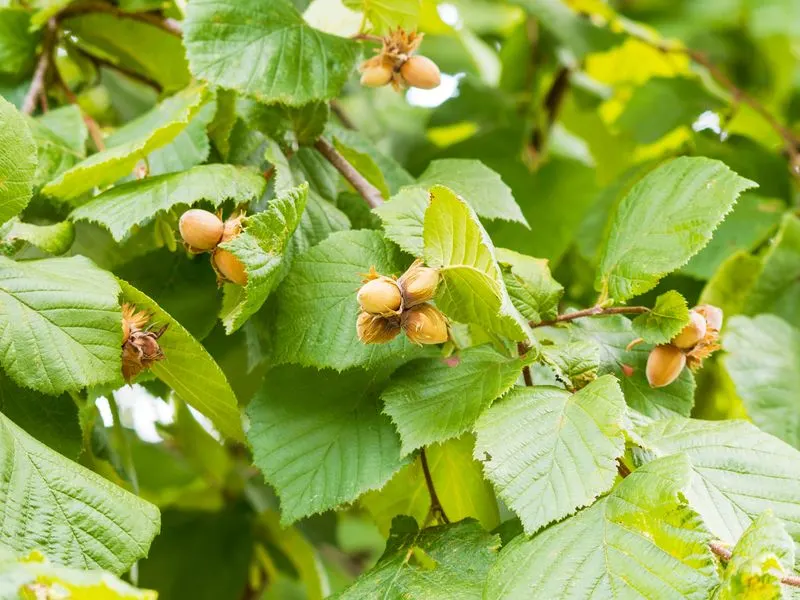
Hazelnut trees offer a nutty delight that thrives in cooler climates. Known for their hardiness, these trees are a welcome addition to any garden, providing both beauty and bounty.
The nuts, rich and flavorful, are perfect for snacking or adding to culinary creations. As the seasons change, hazelnut trees add a touch of rustic elegance, with their leaves turning golden against the chill.
For gardeners, hazelnuts are a rewarding crop, offering the satisfaction of a harvest that promises both taste and texture to complement the cold.
Almond Tree

Almond trees are a surprising choice for cold gardens, with certain varieties showing impressive resilience. Their blossoms, delicate and pink, announce the arrival of spring, even when winter lingers.
Almonds, the ultimate reward, offer a rich taste that is beloved worldwide, from snacking to baking. These trees capture the imagination with their ability to thrive where others might not.
For those seeking to add a touch of the unexpected to their orchard, almond trees provide both a visual spectacle and a culinary treasure, defying the odds each season.
Blackcurrant Bush
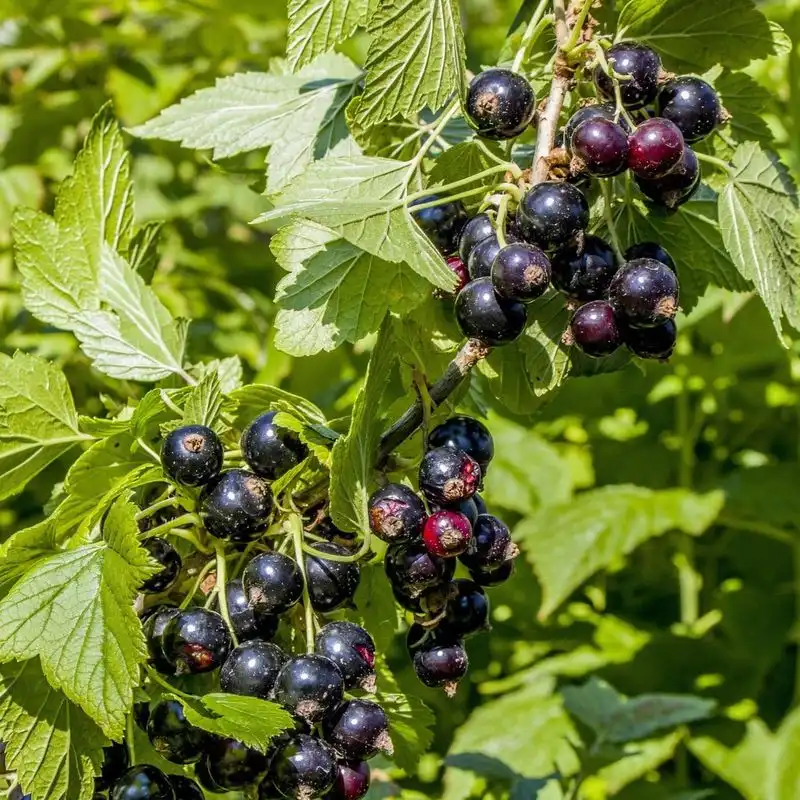
While not a tree, blackcurrant bushes deserve a mention for their cold tolerance and the rich bounty they provide. Known for their robust nature, these bushes thrive in cooler regions, producing berries that are intensely flavorful.
The blackcurrants are perfect for making jams, juices, and desserts, a true treat for the taste buds. As winter fades, these bushes offer a promise of abundance, their tart berries a contrast to the sweet warmth of summer.
For gardeners, blackcurrant bushes offer an easy-to-grow option that delivers big on taste and resilience.
Gooseberry Bush
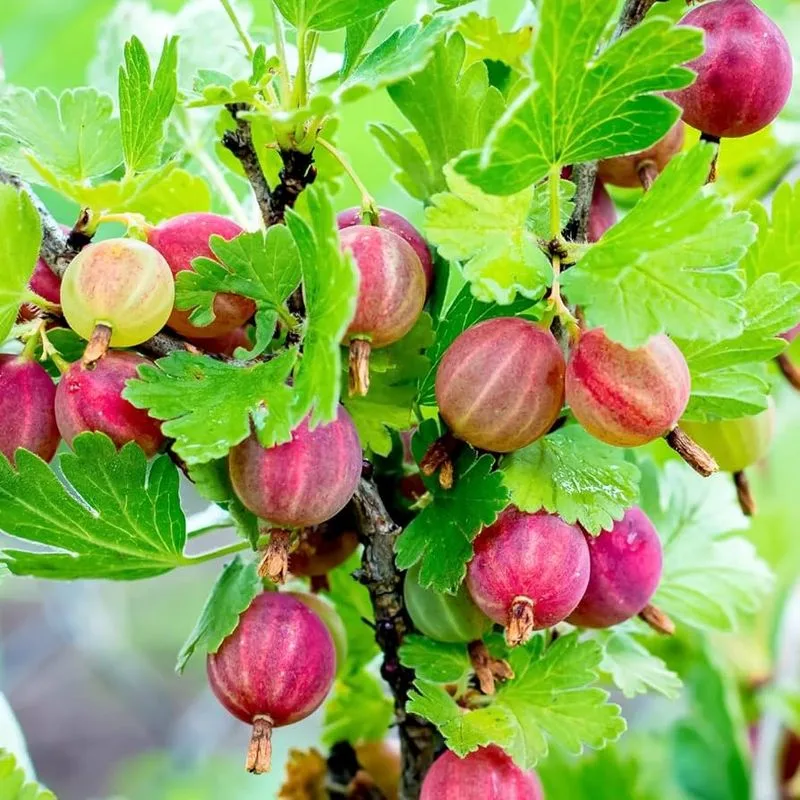
Gooseberry bushes might be small, but they pack a punch with their cold tolerance and abundant yields. Known for their resilience, these bushes thrive even when temperatures drop, providing gardeners with tart, flavorful berries.
The gooseberries are versatile, great for fresh eating or transforming into delicious jams and desserts. Their presence in a garden adds a sense of adventure, with their spiky branches and uniquely flavored fruit.
For those looking to diversify their garden, gooseberry bushes offer a delightful challenge and a bounty of taste.

